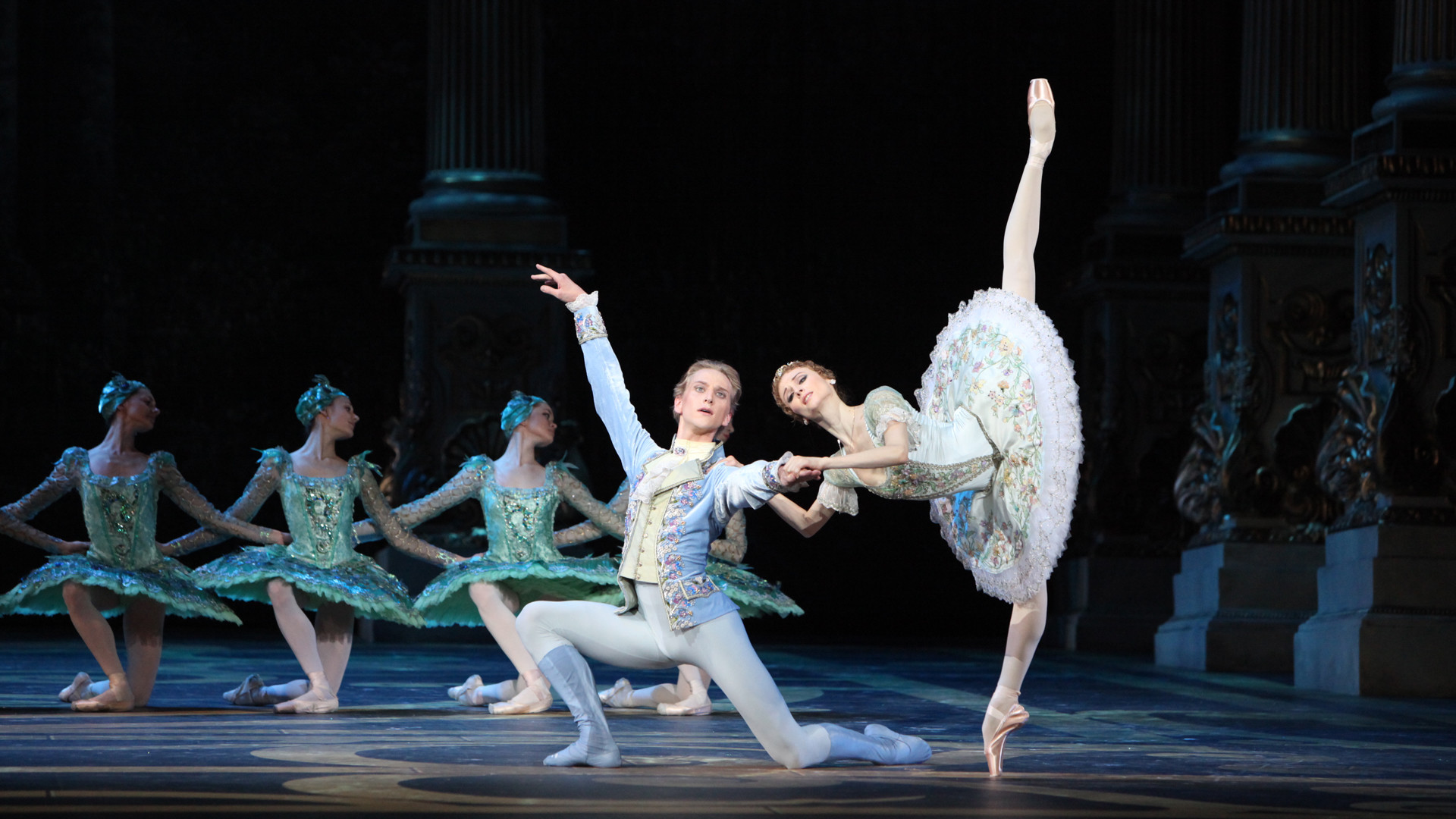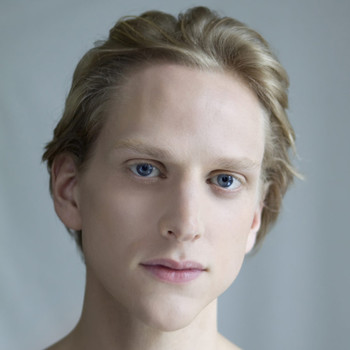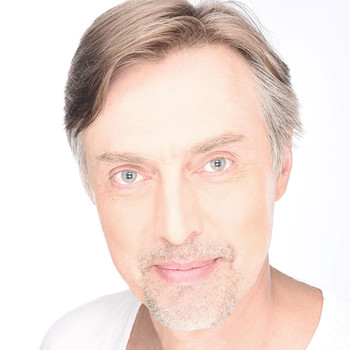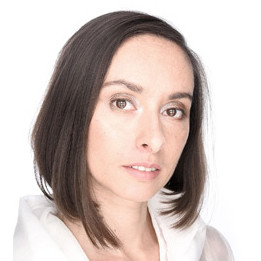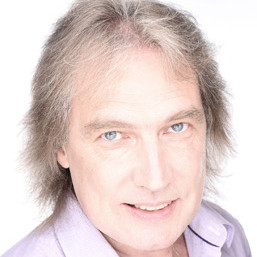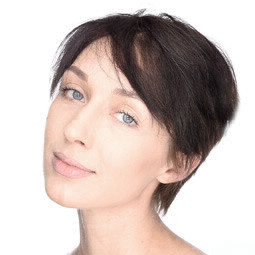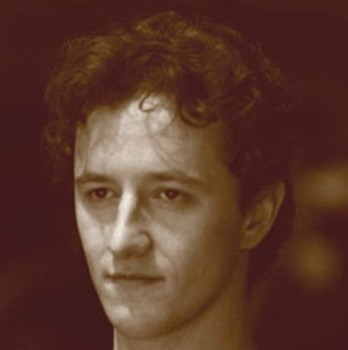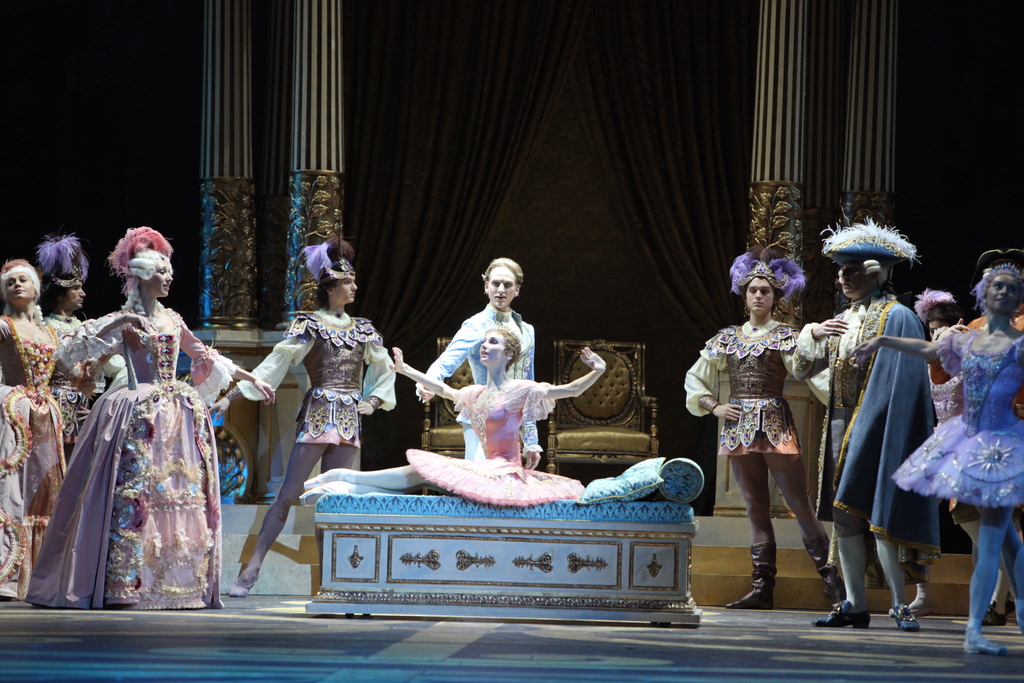The Sleeping Beauty, the Pyotr Ilych Tchaikovsky-Marius Petipa legendary ballet-faerie – the most perfect creation of two great masters – was the first ballet première in the refurbished Bolshoi Theatre building and it would be difficult to find a more suitable ‘candidate’. This fairy-tale ballet with its profound, underlying philosophical idea – brilliant, lush, in search of ideal harmony – appeared in new festive attire giving form to our dreams of the Bolshoi Ballet’s splendid new life on its home stage now returned to it.
The ballet was produced by Yuri Grigorovich, a connoisseur and admirer of Petipa’s work – this is his third version of The Sleeping Beauty at the Bolshoi and his third co-production of this ballet with the outstanding Italian scenographer Ezio Frigerio. It is, however, their first experience of working together at the Bolshoi Theatre.
“The scenographic idea is very simple”, says signor Frigerio, “we are reconstructing on stage a theatre of the age in which the action of the ballet unfolds. Both slips and backdrop are typical of 17th century theatre. The only difference being in place of painted cloth slips, we have real slips. Since we are working on such a major production - the first ballet on the refurbished stage - we decided to do a real, ‘grand-scale’ scenographic-construction, taking the form of a magnificent 17th-18th century palace. What is more, all the architectural elements of the scenography are absolutely genuinely authentic; all we have invented is the way they are combined, so the end result is both a real and fairy-tale palace. The backdrops were painted in Italy, I wanted them done in a special theatre painting technique which only the Italians know how to do – or if one is to put the dots on the ‘i’s – two Italians.”
Franca Squarciapino, Ezio Frigerio’s wife, and a well known costume designer in her own right (she won an Oscar for her costumes for the film Cyrano de Bergerac, 1990; Depardieu in title role), also put the emphasis on historical authenticity. This production is a real reference work on 17th and 18th century costume. In terms of fashion, each of these centuries has its own color schemes, type of trimmings and even its historically authentic accessories.
The historically authentic cut was scrupulously adhered to. Each seam had to correspond exactly to what was de rigueur for the fashion of the age. In some cases, in order to emphasize the ballet function of the costume, without sinning against history, a little cunning had to be resorted to, for instance, a particular cut so that, without additional seams, the material would lie in the right way.
At the same time, it would be incorrect to describe the costumes as being ‘strictly historical’ – they are rather fantastical and fairytale like. In her trimmings, Franca Squarciapino plays with textures, creating costumes, which are multi-layered, complex, very palpable, yet at the same time light. Ready-made trimmings have virtually not been used – practically all the lace and embroidery has been done by hand, so the end result is a real ‘haute couture’ ballet.
We remind readers, that the Sleeping Beauty slept for one hundred years, so she lived, therefore, in both the 17th and 18th centuries. As for the ballet The Sleeping Beauty, which had its first production in 1890, its remarkable performance history is already into its third century.
